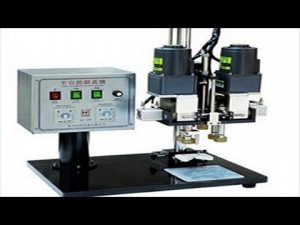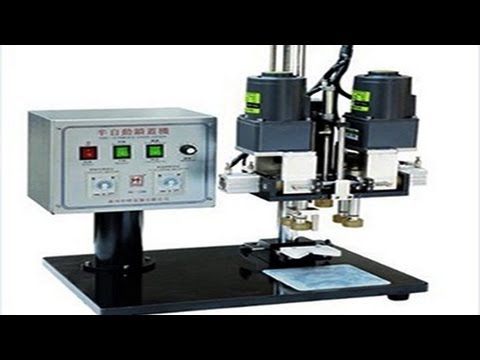As technology has made its way into the medical field, portable medical devices have been developed for use on the battlefield as well as in hospitals and doctor’s offices. While most people only see the finished product, some of the most important work is done during the research and development phase. Since medical devices now have a 12-18 month development cycle, it’s imperative that manufacturers have a variety of quality products from which to choose when designing and creating the devices. For most medical devices, some of the important aspects of power supply development involve choosing heavy-duty AC/DC converters.

Questions to Ask
Before companies decide on the best power supply equipment for a medical device, the engineering and development team asks a number of important questions. One of the first questions asked involves how the device will be used. For example, if the device will be used primarily indoors, it may require only a standard AC power source. However, if the portable device is being made for use outside as well, it will need both an AC and DC voltage input. Another important question asked at this stage is where the device will be used? Will it be North America, Europe, Asia, or in a developing nation where power sources and their reliability may be in question?
Device Applications
Many of today’s most sophisticated medical devices must be designed to withstand a number of different environments as well as be durable enough to withstand long hours of continuous use. This particularly applies to medical devices used in military operations, where field conditions can include extreme weather and rough terrain. In these situations, such devices as defibrillators, handheld ultrasound scanners, oxygen concentrators, and negative pressure wound therapy systems all require heavy-duty AC/DC power supplies such as AC to DC Switchers. These electronic components are very compact, weighing less than two pounds, and are made to withstand some of the toughest environmental conditions. Humidity levels of 95 percent, along with temperatures ranging from -50 degrees Celsius up to 85 degrees Celsius, have little if any negative impact on the operation of these components.
Device Size
Along with their applications, the size of the device can play a major role in how it’s used as well as how it is designed. Portable devices that are expected to be highly mobile often have strict requirements regarding weight, design, and mechanical dimensions. Most of these units use a standard AC power supply, although some also include DC power supplies for adapters. To ensure the medical devices will work as planned under virtually any situation, most are designed with DC to AC inverters to make them suitable for various applications requiring high reliability and low maintenance. Very often, these are included in portable medical devices to be used as back-up power systems in the event of a power outage.
While it’s quite clear many decisions are involved in choosing medical-grade power supplies, it’s also important to use components that can withstand extreme weather and continuous cycles of use. Whether it’s in an urban hospital emergency room or in a field hospital in the middle of a war, having reliable and efficient power supplies operating the various medical devices being used can mean the difference between life and death for both patient and device.
For more information visit: abbott-tech.com




